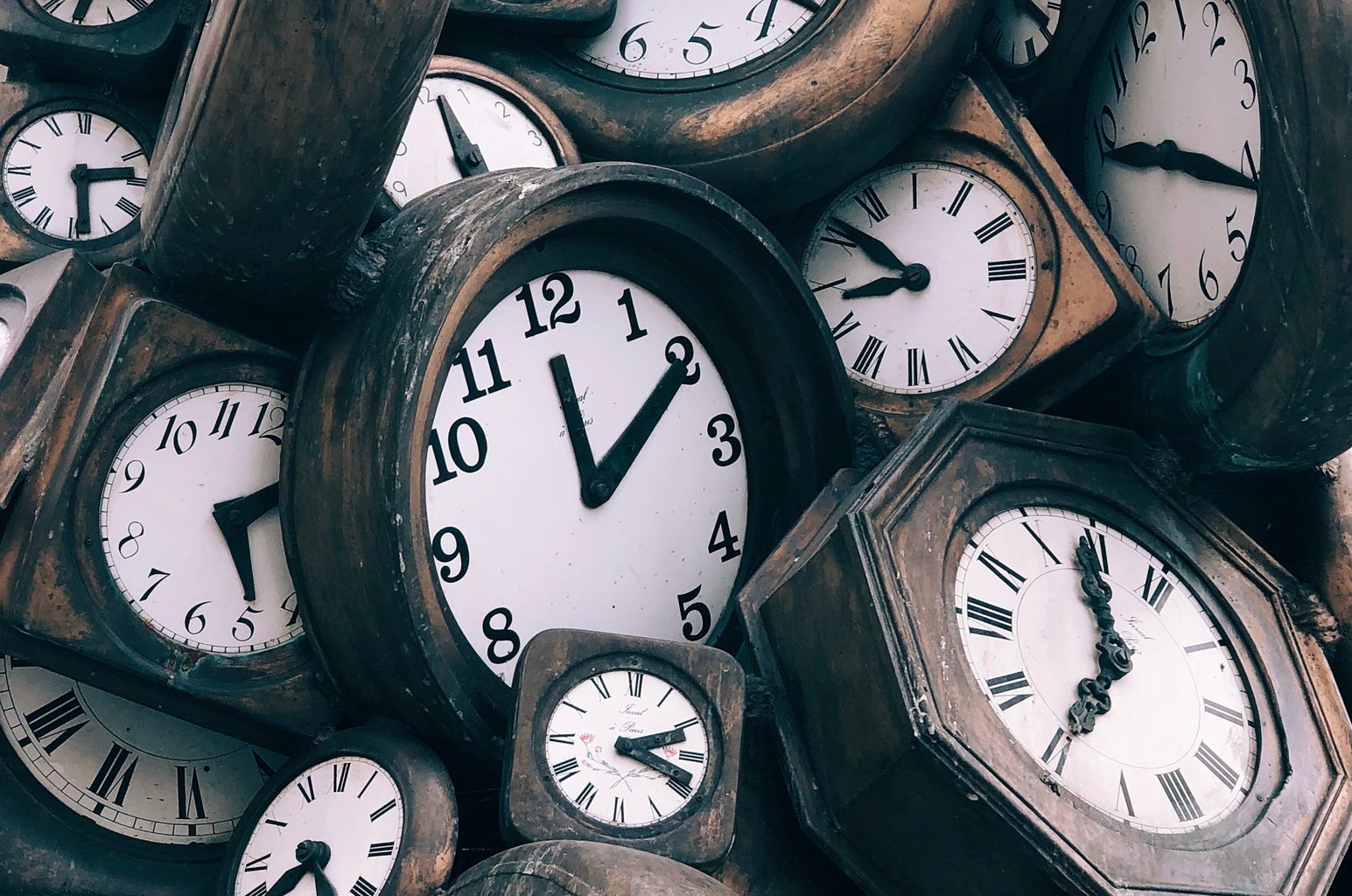“When it’s after midnight in New York City, you don’t have to look for love, laughter, and trouble. They’ll all find you.”
That’s the tagline of Martin Scorsese’s 1985 film After Hours, which follows Paul, a regular man, as he is swept up in an inextricable adventure through SoHo one night. It’s one of my favorite movies; it’s surreal and darkly funny, as Paul’s night is colored by a simultaneous sense of anxiety and allure. “Kafkaesque” gets thrown around a lot in regards to After Hours, but I’ve never read Kafka (bad English major moment) so I can’t comment on that. However, I see After Hours as a postmodern Odyssey narrative—that is, it follows a similar structure to Homer’s Odyssey.
A Hero’s Journey
Though After Hours takes place over one night—less than 12 hours—Paul’s journey is marked by the same interminability and perpetual delay as Odysseus’s 10 years of wandering. The story begins when a young woman, Marcy, strikes up a conversation with Paul in a diner; she gives him the number of her roommate, who she’s staying with, and they make plans for him to come over later in the evening. Intrigued by Marcy’s charm, beauty, and interest in him, Paul treks from his apartment in the Upper East Side to SoHo. But, Paul’s date with Marcy never materializes into what he hoped for; after a series of off-kilter interactions with Marcy and her roommate, Paul leaves. However, he soon learns that his night is only beginning—he does not have money for subway fare or a taxi, so he is stranded in SoHo. This predicament launches a series of episodic events as Paul’s desire to return home is almost fulfilled but ultimately delayed in an absurd manner.
The Monstrous Feminine
Odysseus’s greatest challengers were women: Calypso, Circe, the Sirens, and Scylla and Charybdis. Paul, too, is plagued by women. The major sections of Paul’s adventure are defined by the female characters antagonizing him: Marcy, in the beginning, a waitress named Julie in the middle, and an ice-cream truck driver named Gail in the end. Each woman tantalizes Paul with the potential to fulfill his desire—he initially hopes to sleep with Marcy, and later he hopes Julie and/or Gail can help him get home—but each time, the women turn on him and leave him in a more vulnerable position than before. The women Paul encounters throughout the night evoke a sense of sexual anxiety, and found the story on feminine monstrosity.
There’s No Place Like Home
During Paul and Marcy’s uncomfortable date, Marcy reveals that her ex-husband was obsessed with The Wizard of Oz, and would yell “Surrender Dorothy!” when they had sex. It’s an odd detail that’s seemingly insignificant to the story, but it’s immediately clear that stranger things are happening after hours. However, the Wizard of Oz reference foregrounds the purpose of Paul’s narrative; it’s not just a night out, but an attempted homecoming—Paul’s not in Kansas anymore, and he feels completely out of place. In the final minutes of the movie, as the sun is rising the following morning, Paul makes it “home”: by providence or coincidence, Paul lands outside of his office building in the Upper East Side, where he works as a word processor. As depicted in the exposition, his job is mundane, repetitive, and white-collar. His odyssey was completely out of the ordinary, yet he returned just in time for the new work day as if his night never happened.
It’s not a triumphant homecoming, like Odysseus’s return to Ithaca. Instead, he arrives exhausted and disheveled, and with a simultaneous sense of relief and disappointment as he falls right back into his monotonous cycle.




